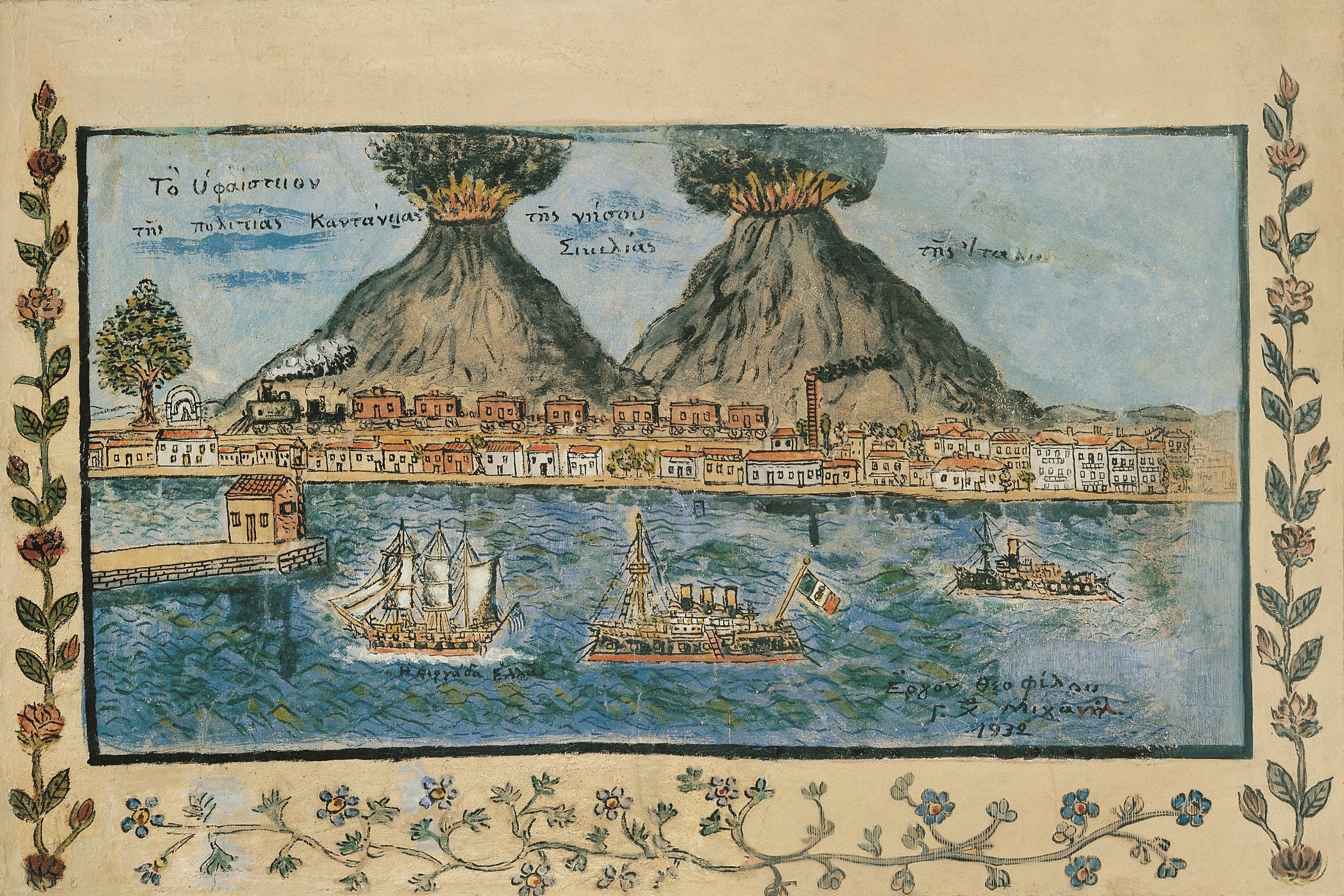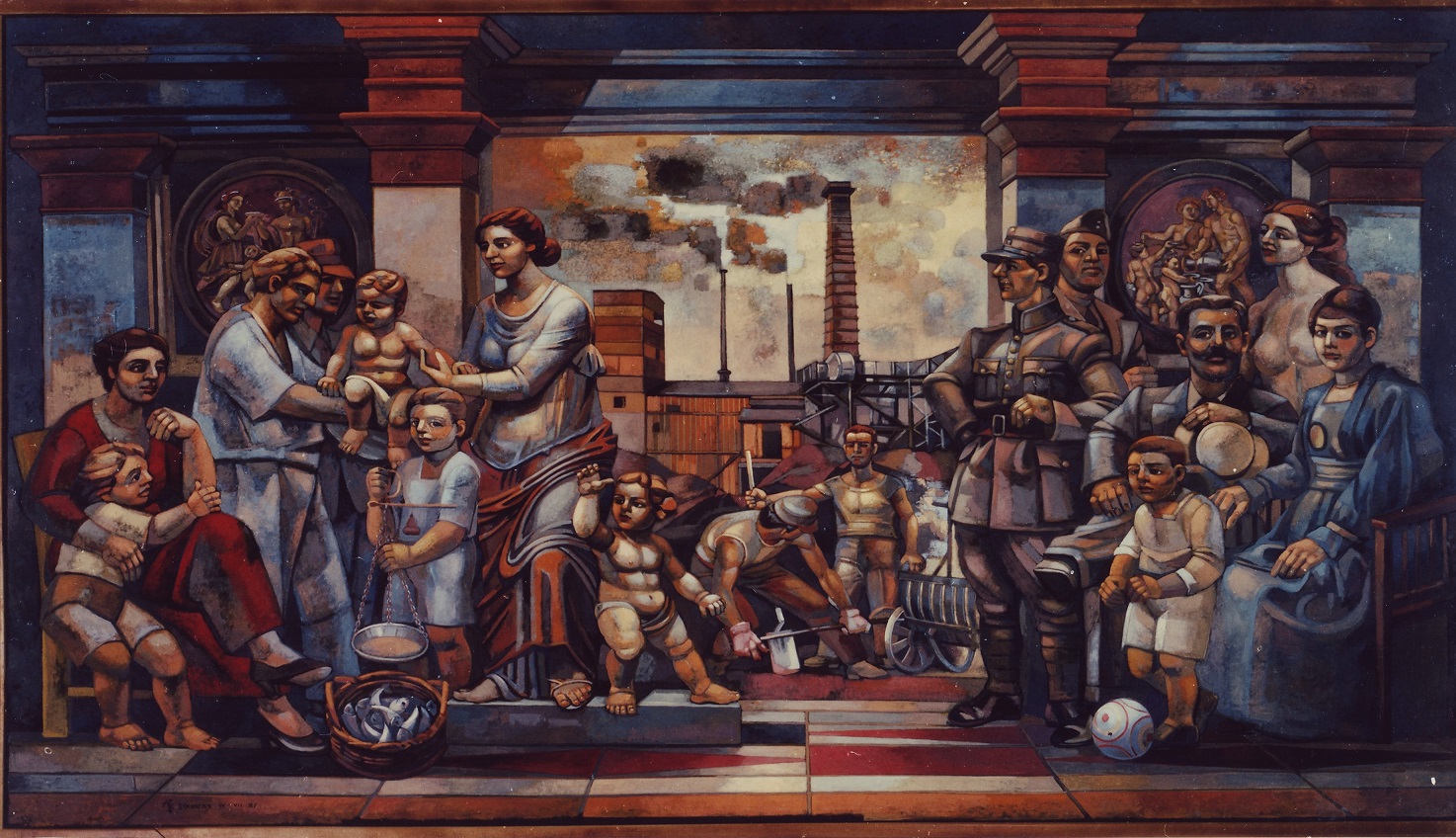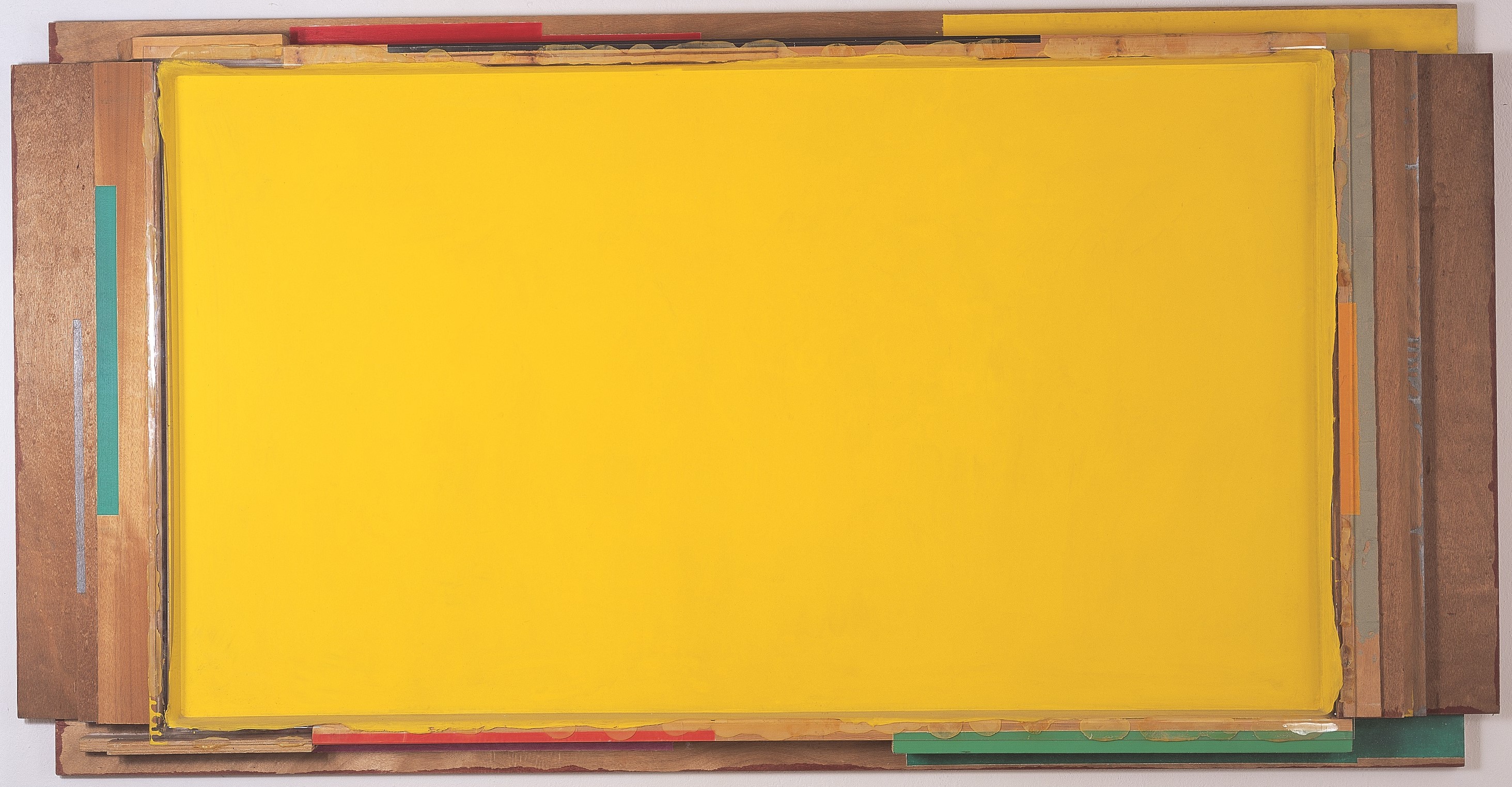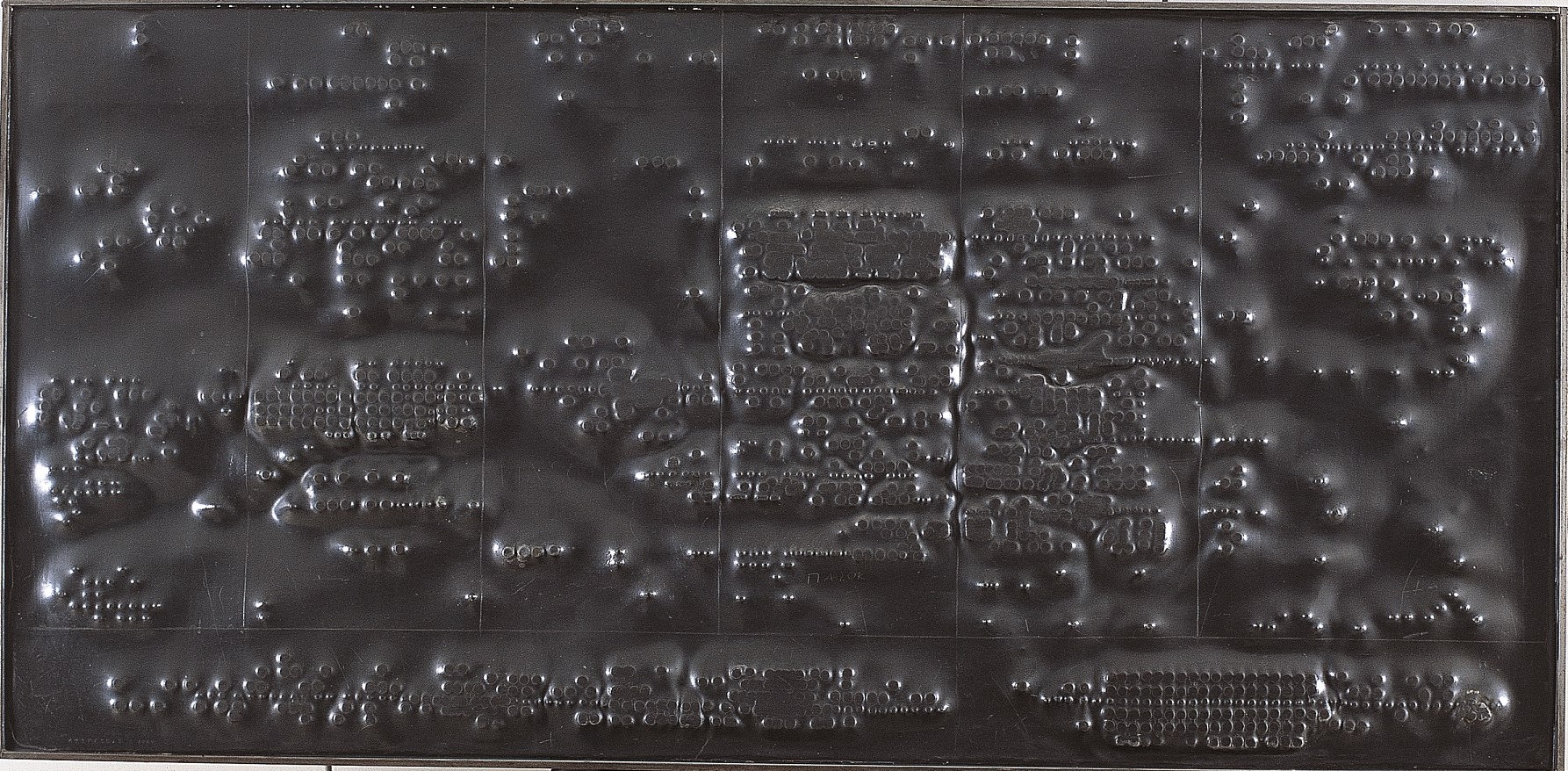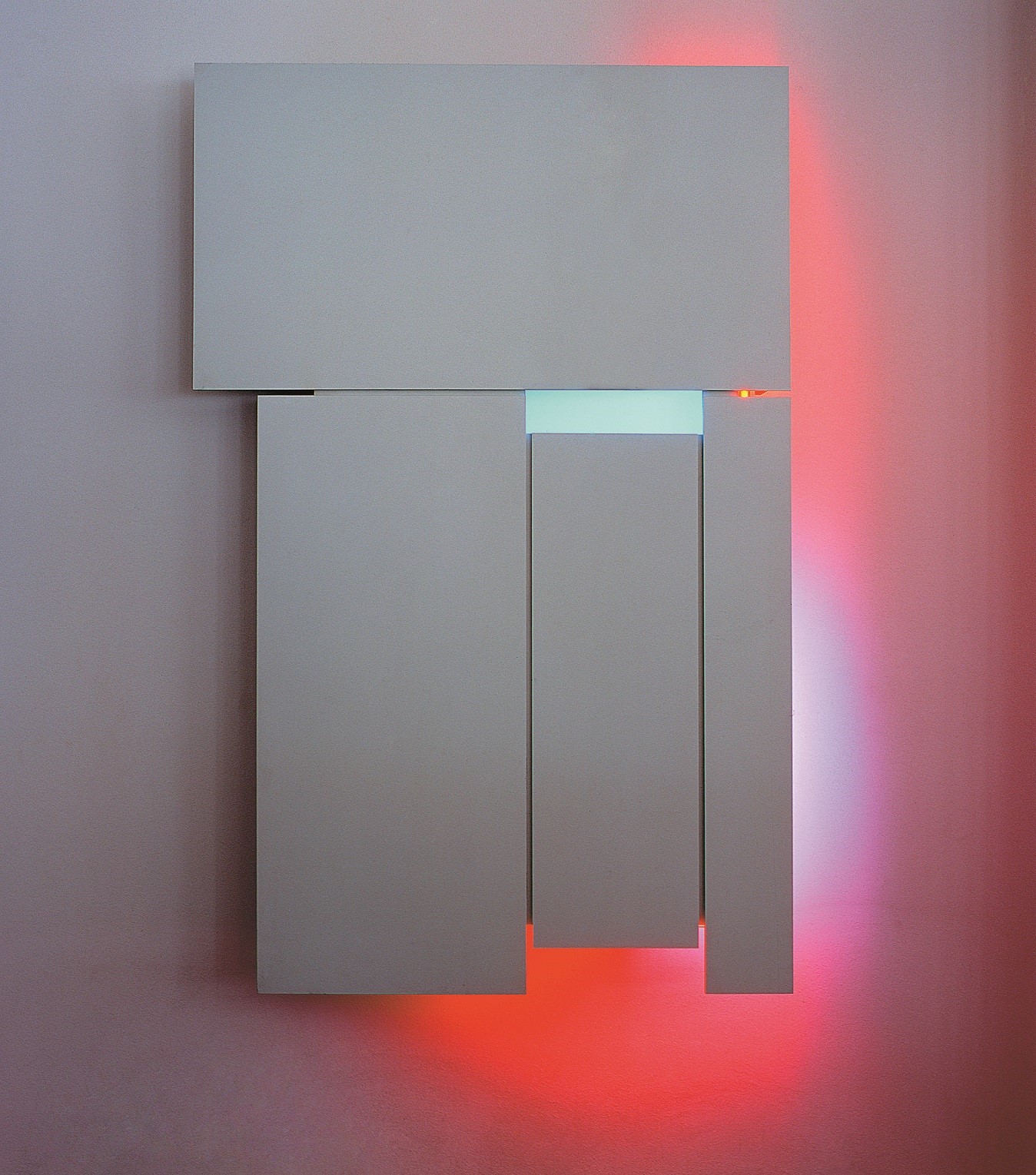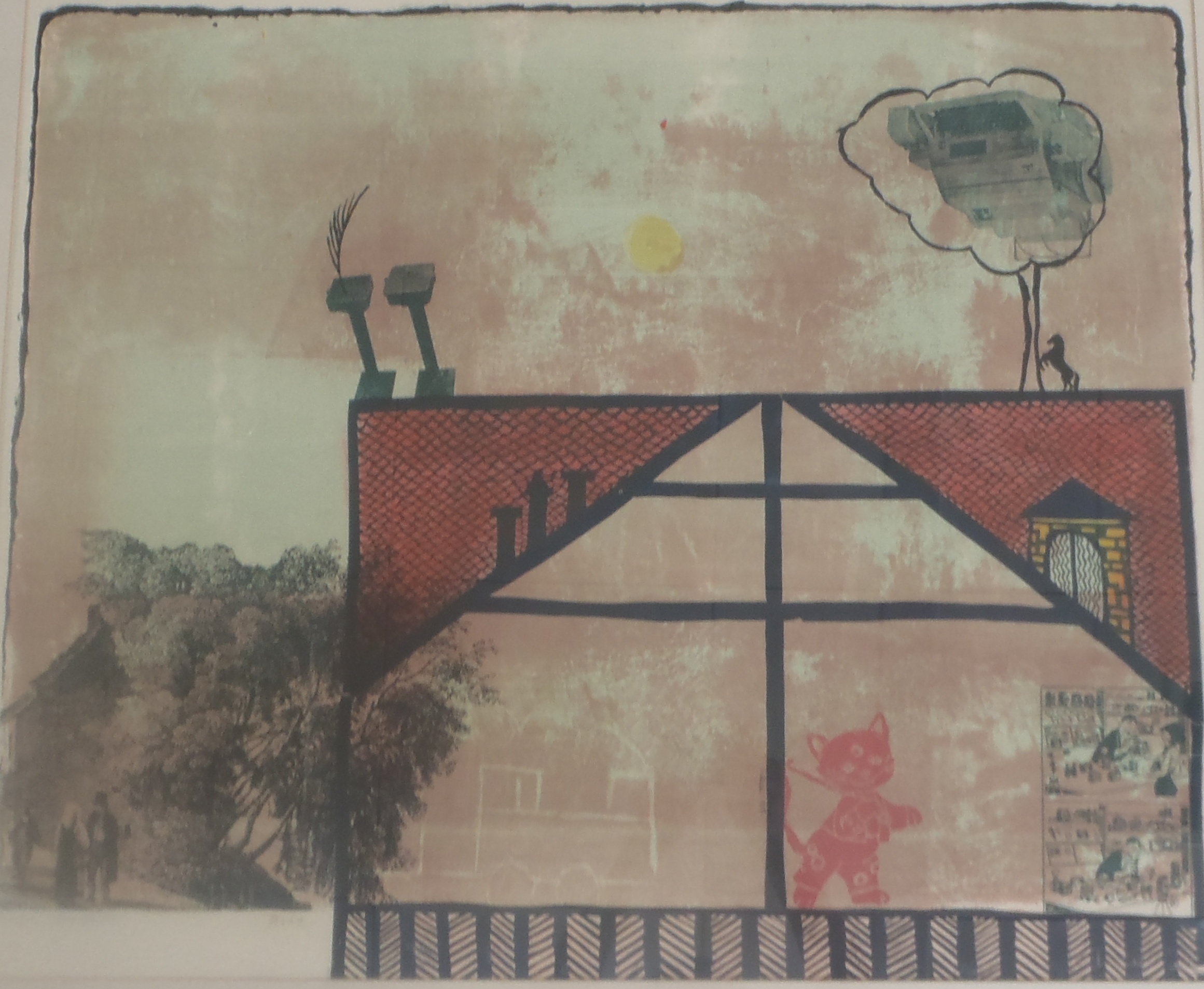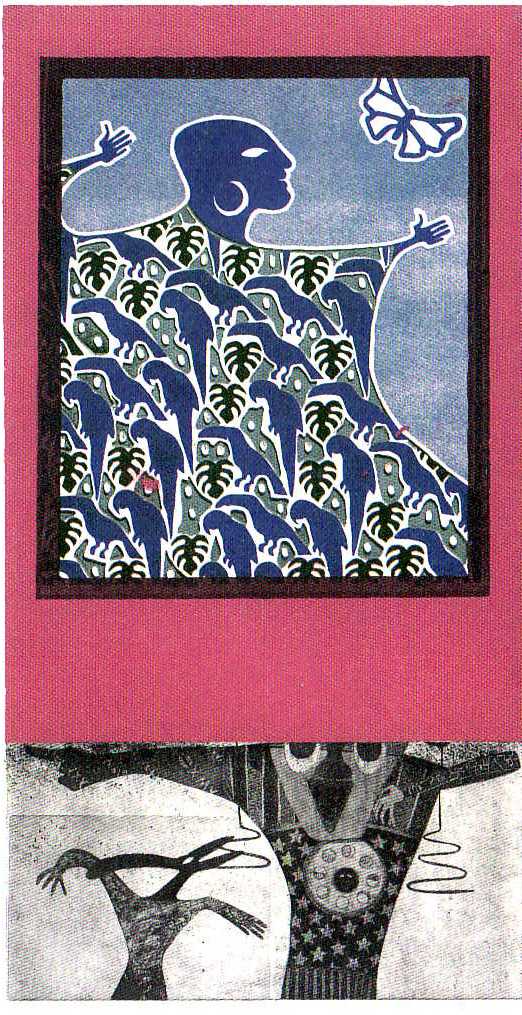Theophilos, The Volcano of Catania
Self-taught painter from Lesvos, Theophilos, created The Volcano of Catania 2 years before his death. In this work, nature plays a leading role, while folk painting elements are evident. Theophilos, one of the major representatives of naïve painting in Greece, had a profound impact on the Generation of the ’30s with his distinctive style.
A typical example of naïve painting
The work The Volcano of Catania by Theophilos depicts 2 tall peaks of Mount Etna at the moment of their eruption. The coastal town of Catania, Sicily, stretches out below. A tree, a fountain and a train passing through the town can be distinguished on the far left.
The piece is a typical example of the folk painting style that Theophilos served with dedication and authenticity. The folk aesthetic of the work is evidenced and highlighted by:
- Vivid colours and strong contrasts.
- Flatness of composition, evoking a theatrical setting.
- Lack of perspective, evident in the disproportionate size of the tree, fountain and train compared to the houses.
- Decoration of the frame with plant motifs.
Nature at the centre
The natural landscape dominates in the composition. At the centre, the 2 volcanoes tower over the scene, spewing flames and smoke from their peaks. The sea plays an equally central role, taking over almost half of the painting surface.
In this setting, human presence is not directly visible. However, it is implied by the existence of buildings, the port, the train passing through the town and the ships at sea. Theophilos depicted the ship flags and sails in meticulous detail to suggest the region's connection to trade and shipping.
His life in a nutshell
Theophilos Chatzimichael (1871-1934) was born on the island of Lesvos. He was self-taught.
In 1883 he left his homeland and moved to Smyrna. He stayed there until the start of the Greco-Turkish war in 1897, in which he fought.
He then settled in Pelion. In 1926 we returned to Lesvos.
Naïve painting
Theophilos’ painting is free from the strict rules of the 19th century academic tradition. It is typified by unprecedented, candid emotionality, which brings naïve painters to mind.
Naïve painting is characterised by childlike simplicity in the choice of materials, and the choice of themes and techniques. The term “naïve” comes from French. Quite often, naïve artists are self-taught, without official training.
Favourite themes
Theophilos’ paintings are based on religious and nationalistic themes from the Greek history. He was particularly fond of subjects and portraits from the Revolution of 1821.
His also drew inspiration from other sources: folk art lithographs, postcards of his time, advertisements and illustrations.
Recognised with the help of Tériade
In his final years, Theophilos met art critic Stratis Eleftheriades-Tériade (1897-1983), who lived in France. This acquaintance was very important in getting his work recognised.
Tériade, who also came from Lesvos, made sure that the artist had enough to live on and paint undistracted. The financial aid that he offered gave Theophilos the peace and quiet to paint more than 120 pieces in approximately 6 years.
These paintings were exhibited at the Louvre Museum in Paris in 1936. They were greatly admired and recognised by the public as samples of work by a Greek folk painter. Unfortunately, Theophilos did not live long enough to enjoy this recognition.
Theophilos in the Alpha Bank Art Collection
Our Collection also features the work The Hero Markos Botsaris by Theophilos.
Participation in exhibitions
The work The Volcano of Catania was presented in the group exhibitions:
- “Theophilos. The Evzone of Painting” held at the B & M Theocharakis Foundation from 10.11.2021 to 03.02.2022.
- “The Alpha Bank Collection. Paintings-Prints-Sculptures” held at the Benaki Museum from 12.10.2005 to 20.11.2005.
- “Images of the Sea” held in the context of Poseidonia 2004.
The work of art in our publications
The work The Volcano of Catania by Theophilos is referenced in the following Alpha Bank publications:
- The Alpha Bank Collection. Paintings – Prints – Sculptures, edited by Irene Orati. The publication accompanied the same-titled exhibition held at the Benaki Museum in 2005.
Buy the publication The Alpha Bank Collection. Paintings – Prints – Sculpture (Hardcover) on the Alpha Bank e-shop (only available in Greek).
- Images of the Sea, edited by Irene Orati, Aris Rapidis, Despoina Tsourgianni. The publication accompanied the same-titled exhibition held in the context of Poseidonia 2004.
Buy the publication Images of the Sea on the Alpha Bank e-shop (only available in Greek).
In other literature
The painting is also referenced in the books:
- Stefanidis, Ellinomouseion, 2001
- Lydakis, Greek naïf painters, 2010
- Catalogue of the exhibition “Theophilos. The Evzone of Painting” held at the B & M Theocharakis Foundation from 10.11.2021 to 03.02.2022.
The Alpha Bank Art Collection is not open to the public.
You can visit it by appointment. Contact us to book your visit.
